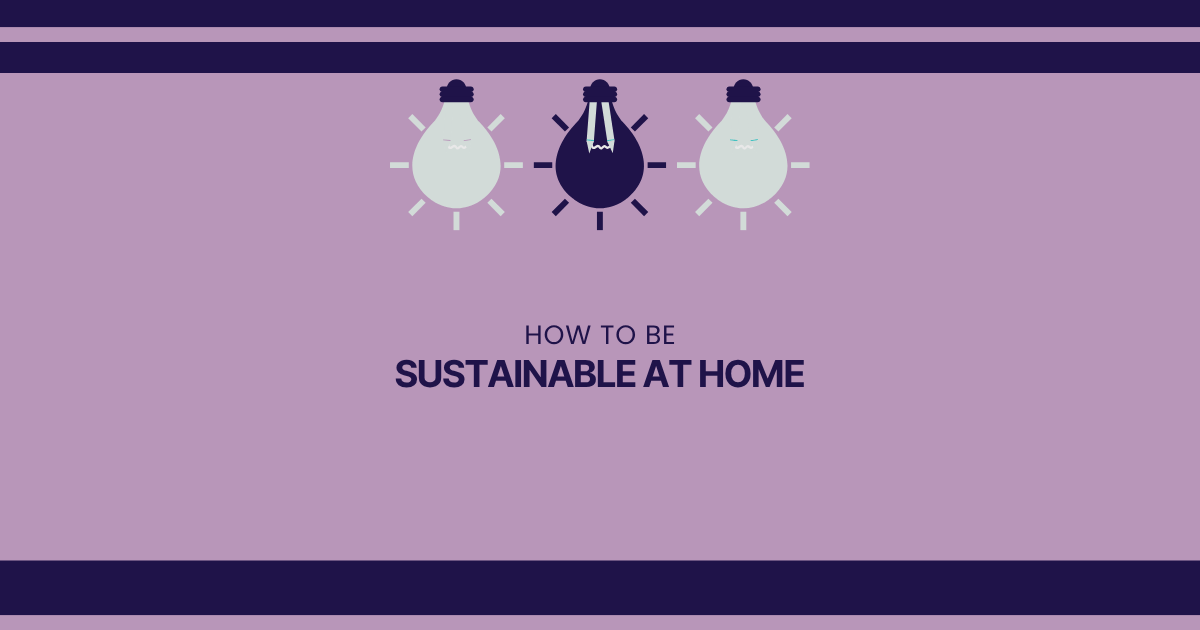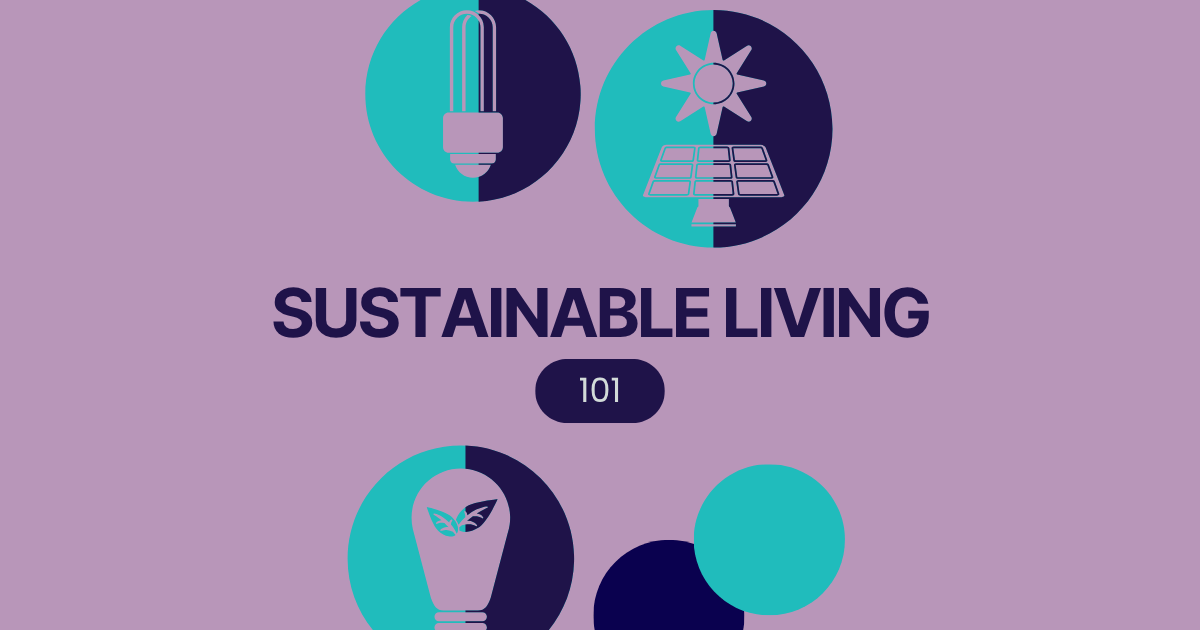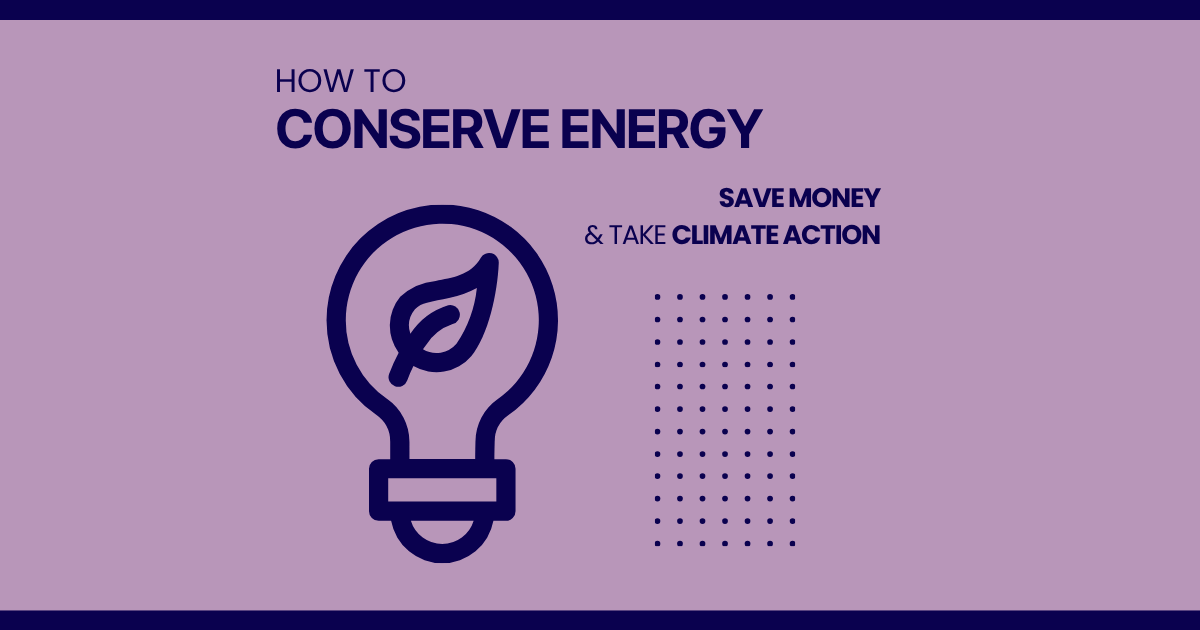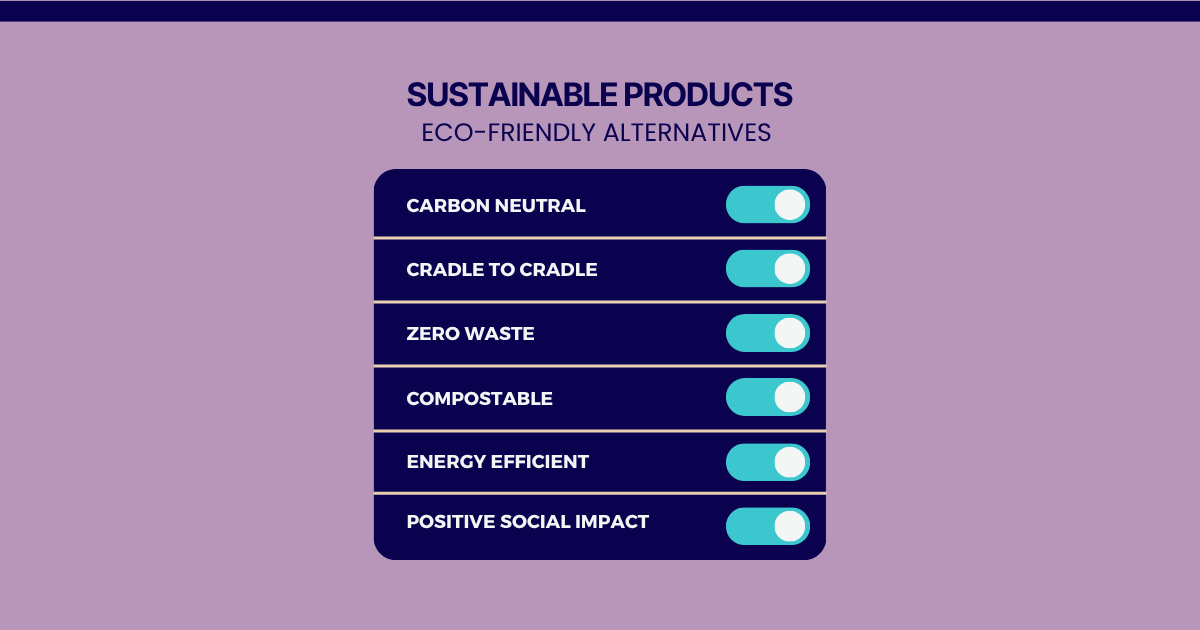9 Simple Ways to Make Your Home More Sustainable
Small changes in your home can make a big difference for the planet, and you don't need to overhaul your entire lifestyle to start.

We all have different circumstances when it comes to making sustainable choices. Financial constraints, rental agreements and personal situations can limit our options, but that doesn't mean we can't make a difference. When you can make changes, focusing on the most impactful actions will give you the biggest environmental bang for your buck.
The science is clear: human activities are warming our planet through fossil fuel use, and these effects are building up over time. While we can't undo past emissions, we can prevent future ones. Every action counts, every avoided emission matters, and every degree of warming we prevent matters.
Here are the most effective ways to create a more sustainable home, starting with actions that cut fossil fuel use and expanding to broader environmental benefits.
1. Switch to Renewable Energy
The single most important thing you can do is stop using fossil fuels for your home's energy. This is your biggest opportunity to reduce your carbon footprint.
Start simple: Contact your current energy provider and ask about renewable energy options. Most offer plans powered by wind or solar energy.
Go further: Switch to a provider that only uses renewable energy. You'll avoid giving money to companies that profit from coal and gas, though this option isn't available everywhere.
Best option: Install solar panels and batteries if you own your home. While there's an upfront cost, you'll save money long-term and many governments offer rebates or interest-free loans to help with installation.
Before installing solar, make sure you've electrified your home and improved energy efficiency first. This ensures you install the right system size for your actual needs.
2. Electrify Everything
Replace gas and oil appliances with electric alternatives. This means switching gas cooktops to electric or induction, installing heat pumps for hot water and climate control, and eliminating any other gas appliances.
Even if your electricity currently comes from non-renewable sources, electrification is the crucial first step.
3. Use Less Energy
Reducing energy use means lower bills and less reliance on fossil fuels. Here are the most effective strategies:
Improve your home's envelope:
- Add insulation to walls, roof and floor
- Install double or triple-glazed windows
- Seal gaps around doors and windows where air escapes
- Use block-out blinds or shade cloth on windows
- Plant deciduous trees in front of west-facing windows
Change daily habits:
- Turn off appliances and lights when not in use
- Install smart metres and automated lighting systems
For detailed information, check out our complete guide on how to conserve energy at home.
4. Buy Energy-Efficient Appliances
Don't rush out and replace everything you own, that's wasteful. Instead, repair and maintain what you have. When you do need to replace items, choose the most energy-efficient options you can afford.
Priority upgrades:
- Replace regular bulbs with LED lights
- Choose appliances with high energy star ratings
- Consider smart appliances that optimise energy use
- Install smart meters to track your consumption
5. Choose Sustainable Materials
When renovating or decorating, material choices matter. Concrete production generates significant methane emissions, so consider timber alternatives where possible.
Better choices:
- Eco-friendly paints
- Sustainably sourced timber flooring
- Natural fibres instead of synthetic (plastic) materials for carpets and curtains
- Recycled and recyclable materials
- High-quality materials that last longer
If you're building new, consider passive house design principles and remember that smaller homes require fewer resources to build and less energy to operate.
6. Cut Down on Plastic
Around 99% of plastic is derived from fossil fuels, making it a major contributor to global warming. Beyond the climate impact, we all know the environmental damage plastic causes.
Every plastic item you avoid means fewer greenhouse gas emissions. Look for alternatives in packaging, household items and everyday products.
7. Use Water Wisely
Sustainable water use goes beyond turning off taps and installing low-flow showerheads (though these help).
Water-saving strategies:
- Harvest rainwater for gardens
- Reuse greywater from showers and washing
- Monitor your water use to detect leaks
- Plant drought-resistant native plants
- Use thick garden mulch to reduce evaporation
- Choose water-efficient appliances
8. Buy Less Stuff
Household consumption accounts for roughly 72% of global greenhouse gas emissions. Much of what we buy isn't essential, and being thoughtful about purchases can significantly reduce your environmental impact while also saving money.
9. Vote for Change
Individual actions matter, but we need systemic change to address climate change at the scale required. This means voting for leaders who prioritise strong climate policies.
Your vote is one of the most powerful tools you have to create the policy environment needed for widespread sustainable practices.
These strategies focus on home-based actions, but for a comprehensive approach to sustainable living that covers all aspects of your life, read our complete guide to sustainable living.







Comments